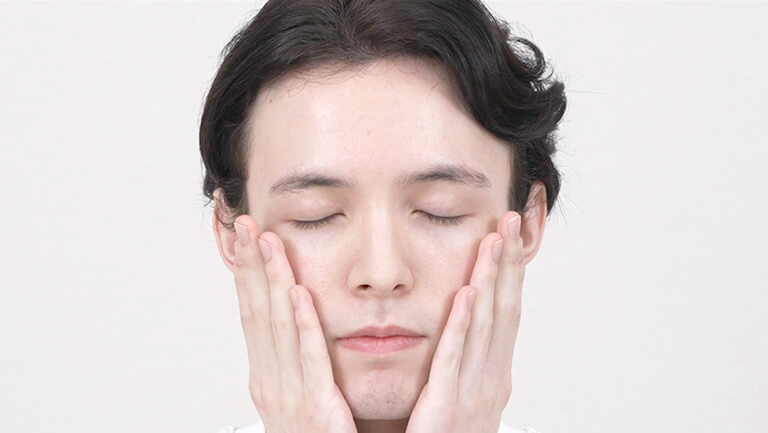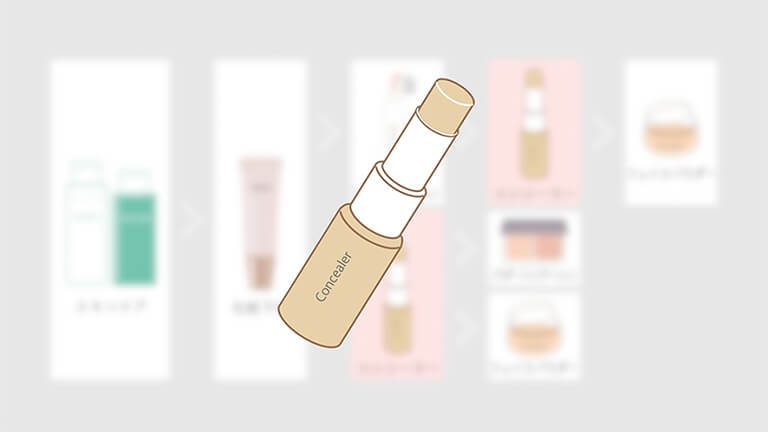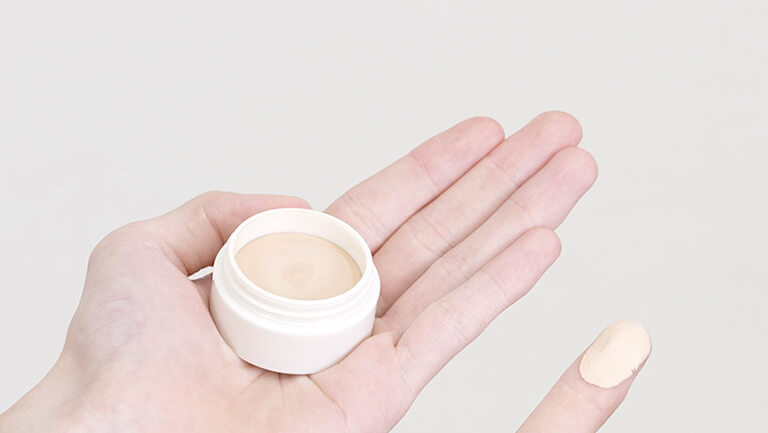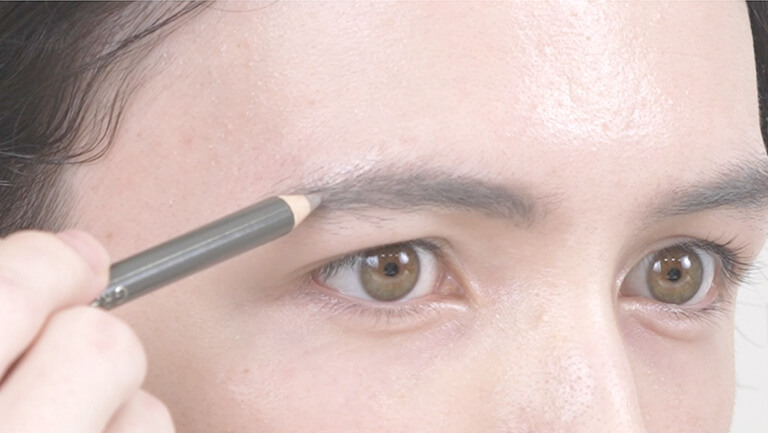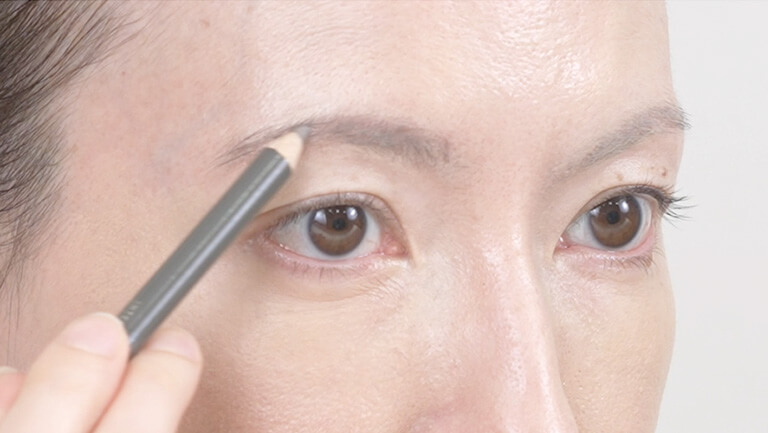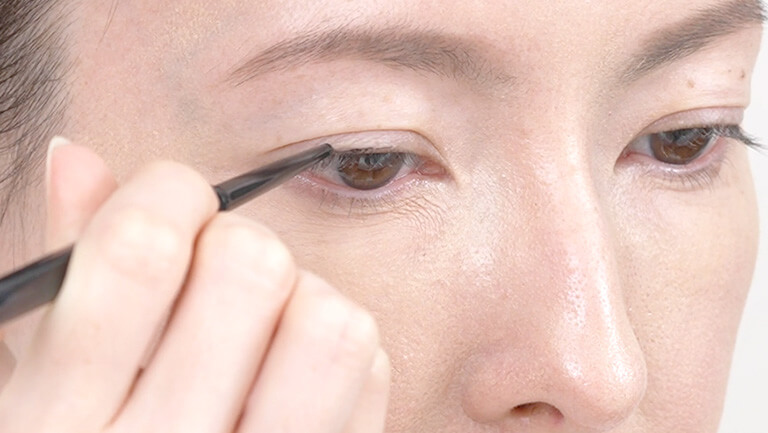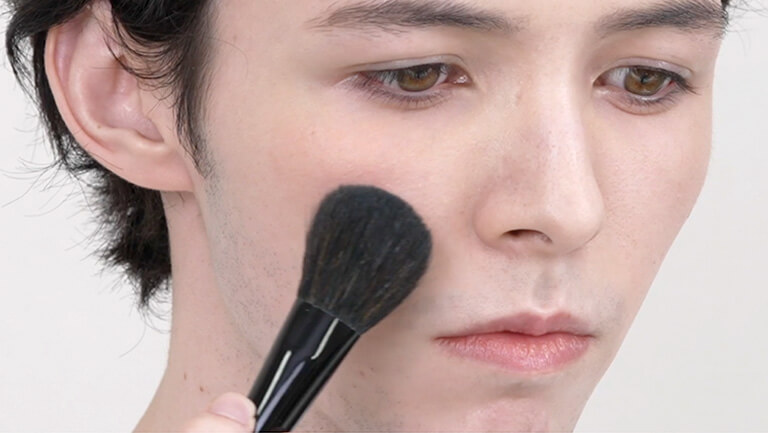Appearance care information for people living with cancer
Helping you feel like yourself and live your life
Thanks to earlier detection and advances in treatment, many people continue working while undergoing cancer treatment. People with cancer are living longer with the disease now, contributing to a growing need to address changes in their appearance.
-
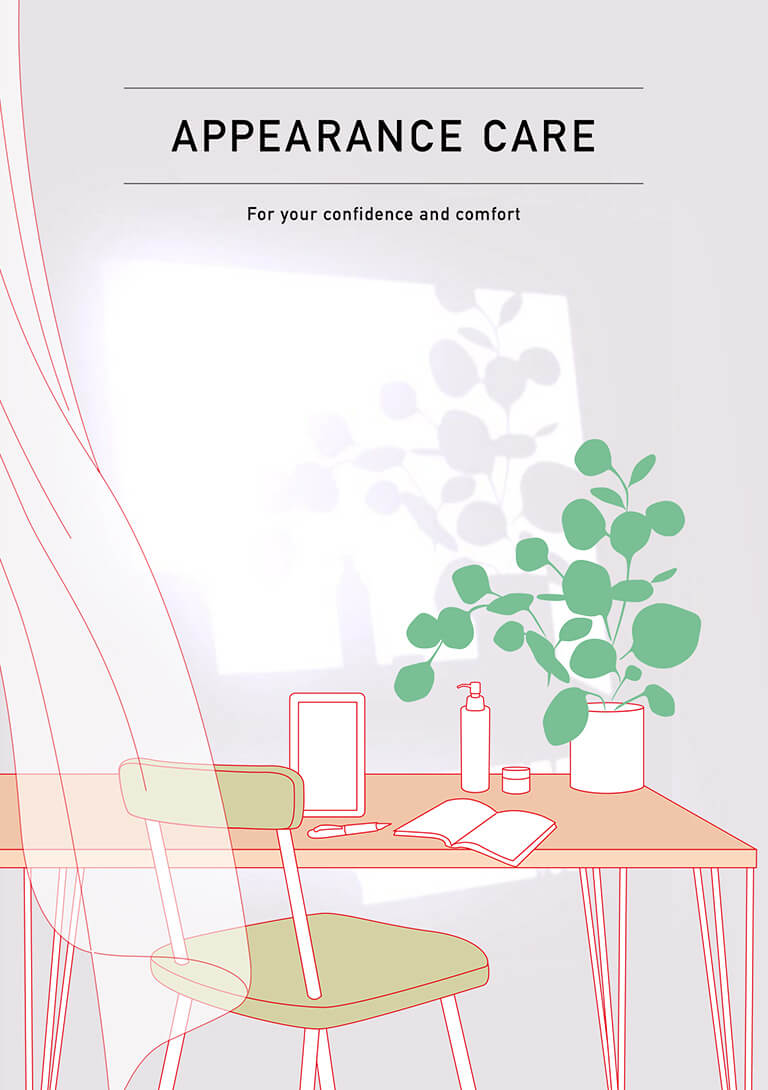
-
Appearance Care
For your confidence and comfortThis booklet compiles beauty information to help cope with typical skin concerns accompanying cancer treatment in one booklet. It features simple techniques and useful tips for all ages and genders.
View the booklet from below.

